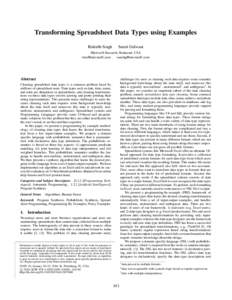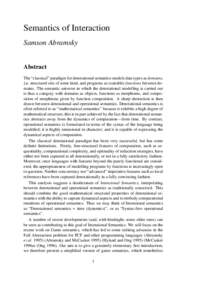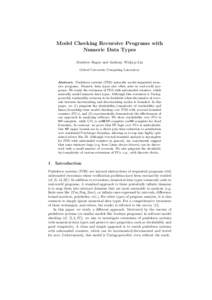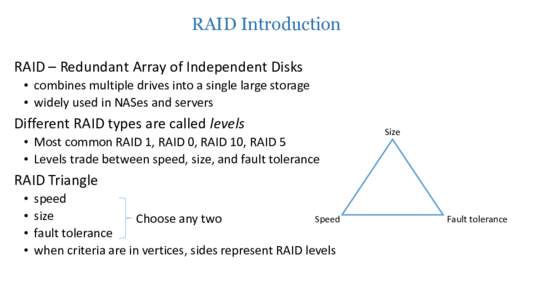<--- Back to Details
| First Page | Document Content | |
|---|---|---|
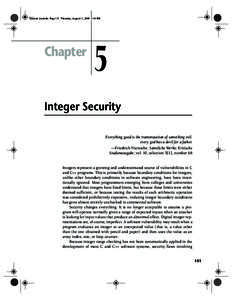 Date: 2009-06-09 04:05:44Computer programming Computer arithmetic Primitive types C programming language Type theory Integer Type conversion Signedness Pointer Data types Computing Software engineering |
Add to Reading List |
 Seacord_book.fm Page 151 Thursday, August 11, 2005 3:10 PM Chapter 5
Seacord_book.fm Page 151 Thursday, August 11, 2005 3:10 PM Chapter 5